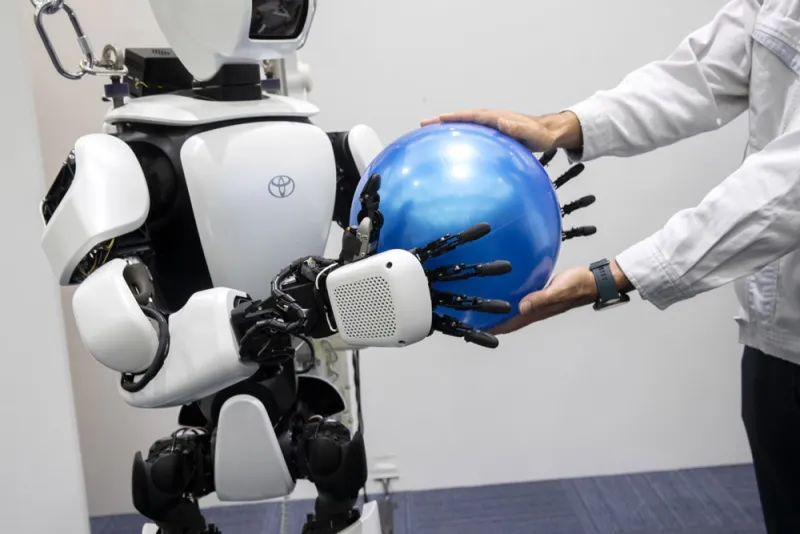A market-neutral strategy powered by new artificial intelligence techniques has beaten its human peers by multiple return and risk measures in this year’s market downturn, one of the most volatile environments ever for stocks.
Castle Ridge Asset Management’s market-neutral strategy is up 12.1 percent, before fees, year-to-date through the end of June, according to a letter obtained by Institutional Investor. That compares with the Standard & Poor’s 500 stock index, which lost 4 percent over the same period, after recovering from a historic drop of 30 percent.
Since inception in October 2019, the Castle Ridge strategy returned 16.3 percent before fees, beating SPX, an ETF tracking the S&P 500, which delivered 4.2 percent. It also outperformed the HFRI Equity Market Neutral Index, which lost 5.7 percent from October through June.
Castle Ridge’s market- and peer-beating performance also comes as quantitative funds in general and market neutral funds have suffered. In June, the market neutral fund run by Jim Simons’ Renaissance Technologies lost about 21 percent year to date through the first week of June, according to a Bloomberg report. Both Bridgewater Associates and Two Sigma posted big losses in the first quarter.
[II Deep Dive: Quant Giant Two Sigma's Funds Sink in First Quarter]
Even though AI is being used in everything from self-driving cars to chess-playing computers, traditional and alternative asset managers have been cautious in adopting traditional AI techniques to make investment decisions. (Traditional quants develop computer-based algorithms and sift through unique data sets to find market patterns.)
For one thing, unlike chess, the rules change in financial markets. Investors have also hesitated to use AI, where computers “learn” from data fed to them, because the decisions the system makes can’t always be explained.
Although the firm declined to comment on the investor letter or the strategy’s performance, Castle Ridge CEO and co-founder Adrian de Valois-Franklin said the firm’s proprietary platform doesn’t use typical static machine learning approaches like neural networks and deep learning.
“Instead, Castle Ridge developed an entirely new approach to AI called Geno-Synthetic Algorithms, which adapts and evolves to changing market conditions,” said de Valois-Franklin, who was part of the principal investment group at the Canada Pension Plan Investment Board and made technology venture investments for Accel-KKR before co-founding Castle Ridge. “Think of the survival of the fittest in nature.”
Castle Ridge tested its Wallace AI platform with proprietary capital between 2013 and 2016, applying it to volatility arbitrage, fixed income, currencies, and global equities. The algorithms are based on patterns of human behavior, de Valois-Franklin said.
“People’s human biases persist in all markets, whether currencies, FX or any asset class. Once Wallace learned that behavior, we found it was 72 percent efficient at predicting portfolios that rise in value over a one week timeframe,” he added. “We have a high hit rate of picking companies about to announce positive news,” such as acquisitions or vaccine trials, for example. “The system is modeling independence of behavior. Just like when birds fly away from the flock, that independence of information is often indicative of knowledge.”
Alex Bogdan, chief scientific officer, explained it with an example. “If you’ve never been to Japan, you land and you don’t know what to do. So you look around and mimic what other people are doing. You have no independency bias. Conversely, if you are in your own environment and surrounded by people less knowledgeable, you make independent decisions. We can detect that independency — when companies are behaving independently. That tells us they have something or know something that someone else does not,” said Bogdan.
One investor, who declined to be named, said Castle Ridge’s market-neutral strategy stands out for its lack of correlation with major markets and low volatility during the year. The strategy has zero-to-negative correlation to both the S&P and other market neutral strategies. According to the investor letter, the strategy beat its target risk-return measures, with a Sharpe ratio of 2.6 (the higher the Sharpe ratio, the better the strategy’s risk-adjusted return).
“Market neutral strategies overall have had a tough time. It’s extremely hard to constantly net out any market exposure, especially this year when correlations between stocks and sectors have broken down,” said Jon Caplis, CEO of hedge fund research and analytics firm PivotalPath. Firms that use machine learning algorithms may be able to adapt more quickly to changing patterns than traditional quants, he said. Caplis added that there are very few hedge fund firms that are truly using machine learning at this point, so it’s difficult to judge the category as a whole.
During the months of February and March, the S&P 500 fell 30 percent from its peak to the bottom. During the three worst days of losses, the Castle Ridge strategy’s returns ranged from a gain of 1.1 percent to a loss of 0.8 percent.
“2020 was a trial by fire,” said de Valois-Franklin. “We had an extremely smooth ride, with no major drawdowns even when markets were tumbling.”







